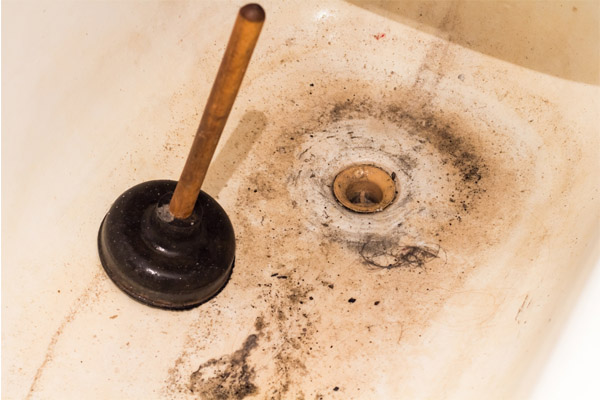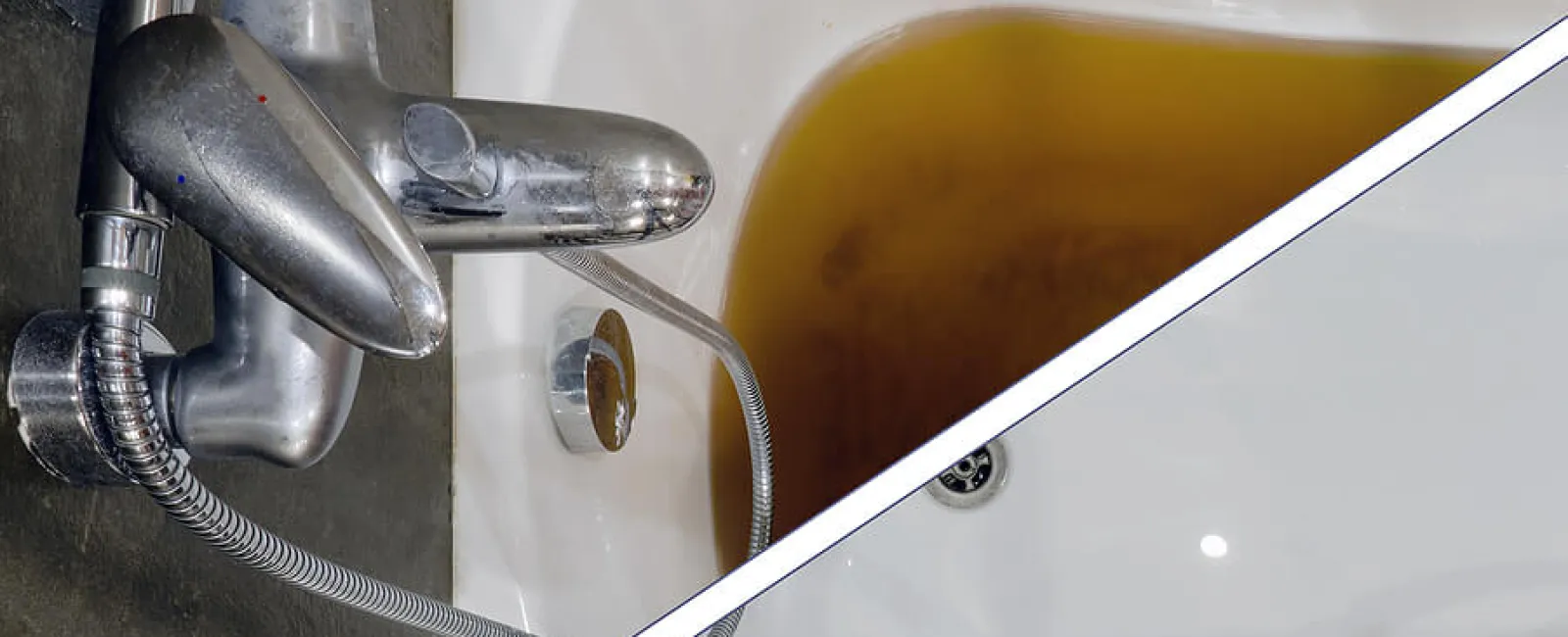Examining the Causes of Drainage Backflow in the Bathtub
Examining the Causes of Drainage Backflow in the Bathtub
Blog Article
Just how do you feel about What to Do if Sewage Starts Coming Up Through Your Bathtub?

Sewage backup in the tub can be a stressful and unhygienic problem for any type of home owner. Not only is it bothersome, but it also presents serious health risks and suggests underlying problems with the plumbing system. Understanding why sewage is coming up through the tub is vital for taking ideal activity to resolve the problem effectively.
Introduction to the Concern
Usual Reasons for Sewage Back-up
Obstructions in the Sewer Line
One of the most common sources of sewer back-up is a clog in the sewage system line. This can take place as a result of the accumulation of debris, grease, or foreign objects in the pipes, avoiding appropriate flow and causing sewage to support into your bathtub.
Tree Root Intrusion
Tree origins looking for wetness and nutrients can penetrate sewage system lines via small splits or joints. Gradually, these origins can expand and broaden, creating significant damages to the pipelines and resulting in sewer backup issues.
Recognizing the Issue
When sewage draws back up right into the tub, it's a clear sign of a trouble with the drainage system. The wastewater that should be flowing far from your home is instead finding its back into your living space, which can cause considerable damage and carcinogen.
Prospective Causes
A number of elements can add to sewage back-up in the tub. From clogs in the drain line to issues with the plumbing infrastructure, identifying the origin is important for discovering a remedy.
Aging Infrastructure
Older homes may have obsoleted plumbing systems that are much more vulnerable to deterioration, fractures, and deterioration. As pipelines age, they come to be extra prone to leaks and blockages, raising the probability of sewer back-up incidents.
Heavy Rainfall or Flooding
During durations of heavy rainfall or flooding, the drain system might come to be overwhelmed with excess water, causing back-ups and overflows. This can result in sewage backing up into tubs and other components inside the home.
Indications of Sewer Backup
Foul Odors
Unpleasant odors rising from drains or components, particularly in the restroom, might show sewage back-up issues. These odors are typically solid and persistent, indicating a problem that needs instant focus.
Slow Draining Fixtures
Bath tubs, sinks, and commodes that drain pipes slowly or not whatsoever could be experiencing sewage back-up. If several components are influenced simultaneously, it's likely that the concern originates from a typical point, such as the primary drain line.
Gurgling Sounds
Unusual gurgling or gurgling noises originating from drains when water is running somewhere else in your home are a measure of air entraped in the plumbing system. This air accumulation can result from sewer back-up and must be investigated promptly.
Wellness Threats Connected With Sewer Backup
Contamination of Water System
Sewage back-up can pollute the water supply in your home, posing a serious wellness risk to you and your household. Direct exposure to infected water can cause gastrointestinal concerns, skin infections, and other health problems.
Mold and mildew Growth
Wetness from sewage back-up can develop suitable conditions for mold development in your home. Mold and mildew spores can aggravate respiratory system issues and cause allergies in sensitive individuals, making prompt clean-up vital.
Spread of Illness
Sewer contains dangerous microorganisms, viruses, and parasites that can create a range of conditions, consisting of liver disease, cholera, and gastroenteritis. Entering contact with sewage or polluted surface areas places you at risk of infection.
Tidying up After Sewer Back-up
Disinfection Procedures
Completely decontaminate and sanitize affected areas after sewer backup to remove harmful germs and avoid mold development. Use proper cleaning items and protective equipment to ensure secure and reliable cleanup.
Remediation of Impacted Areas
Fix any kind of damages to floor covering, walls, or components triggered by sewage backup. Depending upon the level of the damage, you may need to change carpets, drywall, or various other products to recover your home to its pre-loss condition.
Immediate Actions to Take
Shutting Off Water
In the event of sewer back-up, it's essential to switch off the water to prevent further contamination and damages. Find the primary water shutoff valve in your house and shut it off until the issue can be fixed.
Getting In Touch With a Professional Plumber
Dealing with sewage backup is not a do it yourself task. Get in touch with a licensed plumber with experience in managing sewage-related issues to evaluate the circumstance and do necessary repairs or cleanings.
Avoiding Contact with Polluted Water
Up until the sewer back-up is solved, stay clear of contact with contaminated water to prevent the spread of bacteria and pathogens. Put on safety equipment if you need to remain in the afflicted location and clean your hands thoroughly later.
Safety nets
Routine Maintenance of Sewage System Lines
Arrange normal evaluations and upkeep of your drain lines to determine and attend to potential concerns before they escalate right into major problems. This can include clearing out particles, evaluating for tree origin invasion, and repairing any damaged pipelines.
Setting Up Bayou Valves
Consider setting up bayou shutoffs in your plumbing system to avoid sewage from receding right into your home during durations of heavy rainfall or flooding. These shutoffs automatically close when water draws back up, shielding your building from contamination.
Proper Disposal of Home Waste
Avoid purging anything besides toilet tissue and human waste down the commode to prevent clogs and blockages in the sewer line. Dispose of oil, oil, and various other home chemicals correctly to reduce the risk of plumbing problems.
Why Is Water Backing Up in My Bathtub When I Flush My Toilet?
What to do about a sewer line clog
First, don’t bother with plunging. No amount of plunging will dislodge the clog in a sewer line. The clog is too far away. Plungers are for clogs in the toilet itself, not the sewer line. Plus, the most likely causes of a sewer clog are:
Tree roots Flushed toys or feminine products Grease buildup Those items don’t move easily. And in the case of tree roots, the roots need to be cut out of the pipe and the pipe will need to be repaired.
You’ll need a closet auger. A closet auger is a type of plumber’s snake with a protective cover to keep from scratching the delicate porcelain toilet. If the clog is further down, you may need to remove the toilet or use one of your cleanouts to get to the clog.
We also recommend doing a video inspection of the drain to ensure that the cause of the clog has been completely removed. Otherwise, you could have the same problem again in a few days or weeks.
https://mspplumbingheatingair.com/blog/why-is-water-backing-up-in-my-bathtub-when-i-flush-my-toilet

I hope you liked our article about . Thanks a lot for finding the time to browse our article post. Make sure you take the time to promote this write-up if you appreciated it. Thank you for your time invested reading it.
Book Service
Report this page